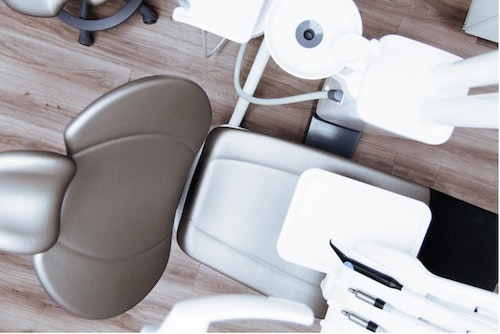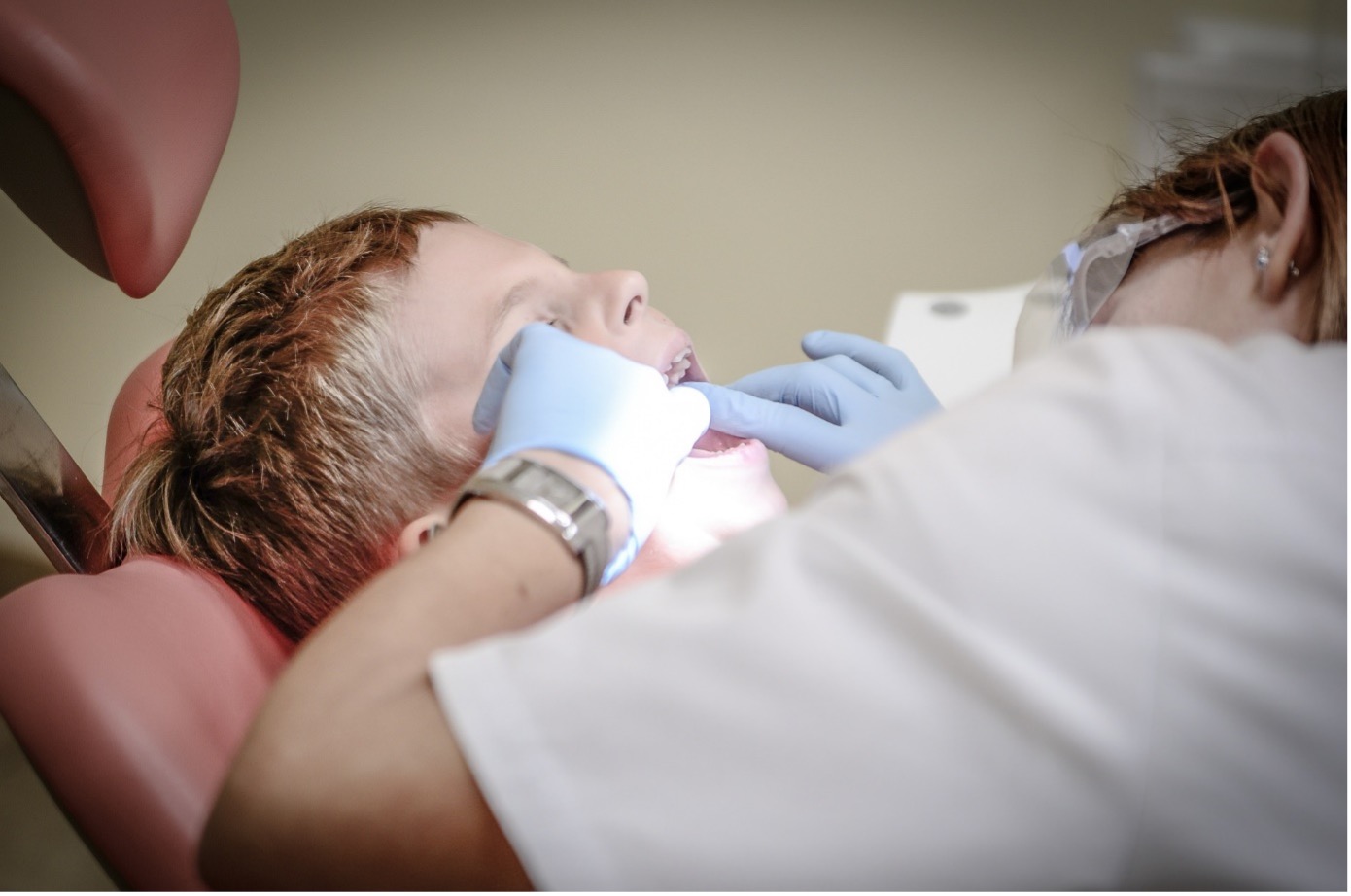Dental offices

Healthy air in dental centers and offices
A dental office is a highly frequented place, with patients and staff members, throughout the year. In a dental office, we find dentists, dental assistants, dental technicians, dental laboratory technicians and patients.
Because they work in direct contact with patients, dental hygiene professionals have an obligation to maintain perfect hygiene in their offices. However, there is a risk of virus transmission between medical staff and with patients.
It is difficult to estimate the impact of infections transmitted within a practice. However, dentists and patients, in addition to being exposed to indoor air pollution, may be sensitive to dangerous viruses and pollutants emitted by the practice.
Dental offices therefore face a critical air quality issue related to biological and chemical hazards.
1) Cross-transmission in a dental office, who is concerned?
In a dental office, microorganisms can proliferate and be transmitted from one patient to another by the oral route, through materials, surfaces or dental care. Fine droplets can remain airborne for hours, increasing the risk of transmission.
Patient-to-patient contamination can also be transmitted in the waiting room.
The air is contaminated by micro-organisms (bacteria, viruses, fungi, spores) from the patients' mouths and chemical pollutants (Volatile Organic Compounds, ozone, nitrogen) from regular surface disinfection.
Dentists, dental technicians and their assistants can be affected by the transmission of infectious agents if they have direct contact (with blood, saliva, pus) and by air (blood, biological fluids, tap water). In addition, they use many chemicals and perform treatments that create emissions of pollutants that are harmful to their health.
2) Sources of air pollution in a dental office
Patients and staff are exposed to several types of pollutants in dental practices:
- High velocity rotating instruments such as turbines and burs produce potentially infectious airborne fine particles during their use.
These oral particles are made up of spores and blood and can be inhaled throughout the day.
- The instruments used also produce dust from resins, ceramics, pastes and varnishes.
- The use of disinfectants for sterilization, cleaning wipes and anaesthetic products will generate volatile organic compounds (VOC) that are harmful to health.
The risk of cross-infection between the dentist, the patient and his assistants is therefore very high. There are appropriate and proven means and devices to combat the spread of pollutants, bacteria and viruses.
Cleaning the ambient air of various pollutants is essential to reduce the risk of airborne contamination, reduce odors, thus protecting practitioners and reassuring patients.
AIR ET SANTÉ allows you to protect yourself and your patients, our purifiers clean the indoor air of fine particles, absorb VOCs and reduce odors.

3) The key to good hygiene in a dental practice
Because cross-contamination in the dental office and laboratory is a danger to the office staff and patient's health. There are methods to maintain good hygiene.
According to the international Code of Ethics for Dentists, asepsis and good hygiene are legal requirements for dentists and their staff in every dental practice. Asepsis is a series of actions undertaken by dental staff to disinfect a space in order to prevent the contamination of patients and staff and to prevent infections.
Air purification is now a key element within a medical practice.
The recommendations issued by the High Authority for Public Health (Source: HASP) and regional health agencies are to ventilate for 15 minutes between each patient and to use, in case of strong heat, an air-conditioning devices with HEPA filters of at least class H13. In the technical rooms, the exhaust air must also be treated with a HEPA filter (high efficiency filter) H13.
Whether in the waiting room or in the consulting room, breathing healthy air, purified of all fine particles, guarantees a safer and more secure environment for patients and staff.
The air purifier is a mechanical filtration device which, equipped with a HEPA 13 or 14 filter, retains up to 99.995% of ultra-fine particles (bacteria, viruses) and Volatile Organic Compounds (cleaning products, odors) thanks to the activated carbon filter. Finally, by changing the filter of the air purifier every 6 to 12 months, you increase the chances of filtration and a good maintenance of the air quality on the long term.
Opt for a simple and good quality option in order to meet health safety requirements.
There is a very high risk of cross-contamination in :
